ebiol, Inc. has invented a film called “Imec” made of hydrogel for growing vegetables with less water. Using this method, agriculture can be done virtually anywhere — even on desert land or concrete. The film prevents harmful viruses and germs from getting in, rendering pesticides unnecessary. The film also creates a “water stress” that helps crops such as tomatoes synthesize large amounts of sugar, amino acids, and other nutrients. This, in turn, leads to more natural sweetness and higher nutritional value. In addition, Imec eliminates soil contamination that can negatively impact crop productivity and quality.
Get the latest international news and world events from around the world.
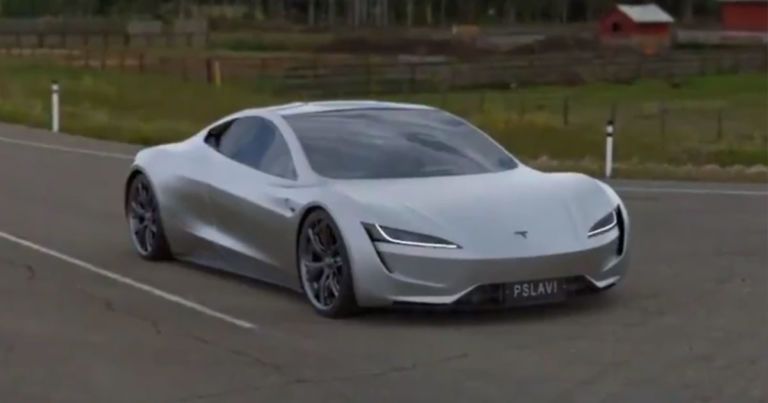
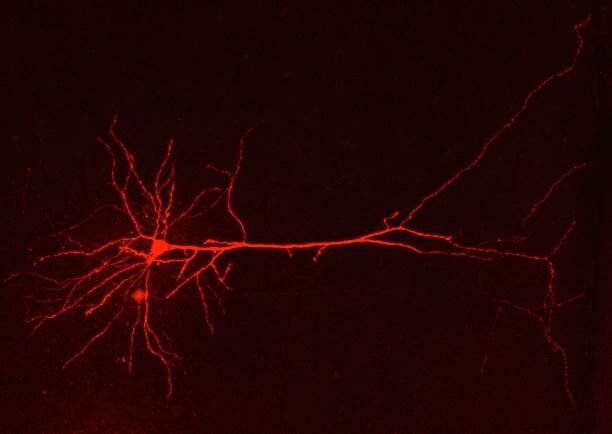
Genetic malfunction of brain astrocytes triggers migraine
“Despite their abundance, astrocytes have been relatively overlooked by neuroscientists,” says Mirko Santello, last author of the study. Yet these cells are extremely important to clear transmitters released by neurons. In their study the researchers were able to show that in familial migraine the astrocytes cannot remove excessive transmitters released by neurons. “The impairment in astrocytic glutamate uptake in the cingulate cortex strongly enhances cortical dendritic excitability and thus enhances firing of the neurons,” Santello says…
Migraine is a complicated disorder that affects part of the nervous system. “Our results provide a clear example of how astrocyte dysfunction produced by a genetic defect affects neuronal activity and sensitivity to head pain triggers,” explains Mirko Santello. The findings help to better understand migraine pathophysiology and suggest that the cingulate cortex may represent a critical hub in the disease. The demonstration of the link between dysfunction of astrocytes in the cingulate cortex and familial migraine could help in devising new migraine treatment strategies.
Neuroscientists of the University of Zurich shed a new light on the mechanisms responsible for familial migraine: They show that a genetic dysfunction in specific brain cells of the cingulate cortex area strongly influences head pain occurrence.
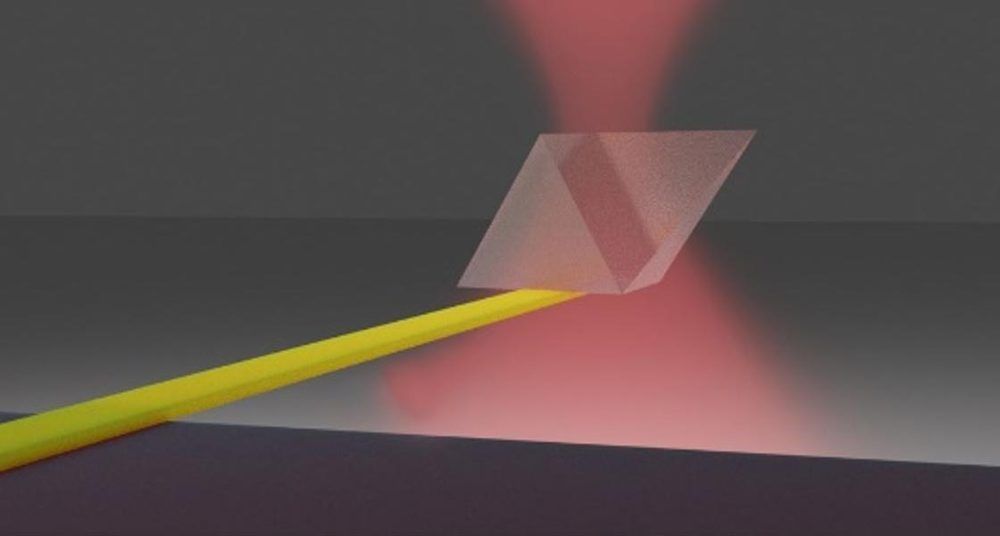
Solid-State Laser Refrigeration of Nanoscale Sensors Achieved – Could Revolutionize Bio-Imaging and Quantum Communication
To the general public, lasers heat objects. And generally, that would be correct.
But lasers also show promise to do quite the opposite — to cool materials. Lasers that can cool materials could revolutionize fields ranging from bio-imaging to quantum communication.
In 2015, University of Washington researchers announced that they can use a laser to cool water and other liquids below room temperature. Now that same team has used a similar approach to refrigerate something quite different: a solid semiconductor. As the team shows in a paper published today (June 23, 2020) in Nature Communications, they could use an infrared laser to cool the solid semiconductor by at least 20 degrees C, or 36 F, below room temperature.
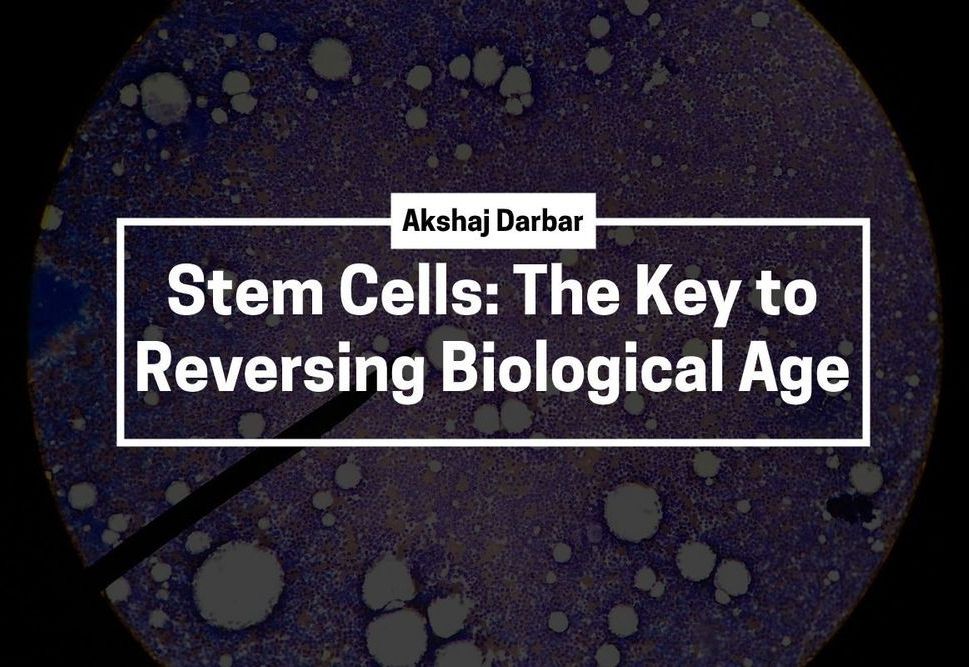
Stem Cells: The Key to Reversing Biological Age
Fantastic article on Dr Yuancheng Ryan Lu’s age reversal experiment.
“ It suggests that it is entirely possible to reverse aging in cells with the use of a molecular mechanism already present in the cells. And so, scientists are now off to the races in the hopes of finding this cellular mechanism, and ways to activate this correction system in living beings…”
In 2006, Dr. Shinya Yamanaka, a Japanese stem cell researcher, published his paper on induced pluripotent stem cells, and it changed the medical world. Dr. Yamanaka had found a way to convert a mature skin cell into a stem cell by injecting just a few genes. And for this, Dr. Yamanaka received the Nobel Prize in Physiology or Medicine in 2012, sharing it with another Sir John B. Gurdon, who found another method of inducing pluripotency.
Thirteen years after this paper was published (in 2019), Dr. Yuancheng Lu from the Sinclair Lab at Harvard University authored another paper (still being peer-reviewed) where he had used Dr. Yamanaka’s breakthrough to reverse aging.
To first explain what stem cells are (for those of you that don’t have much biology experience), we’re going to go back in time to when you were just a small mass of cells in your mother’s womb.
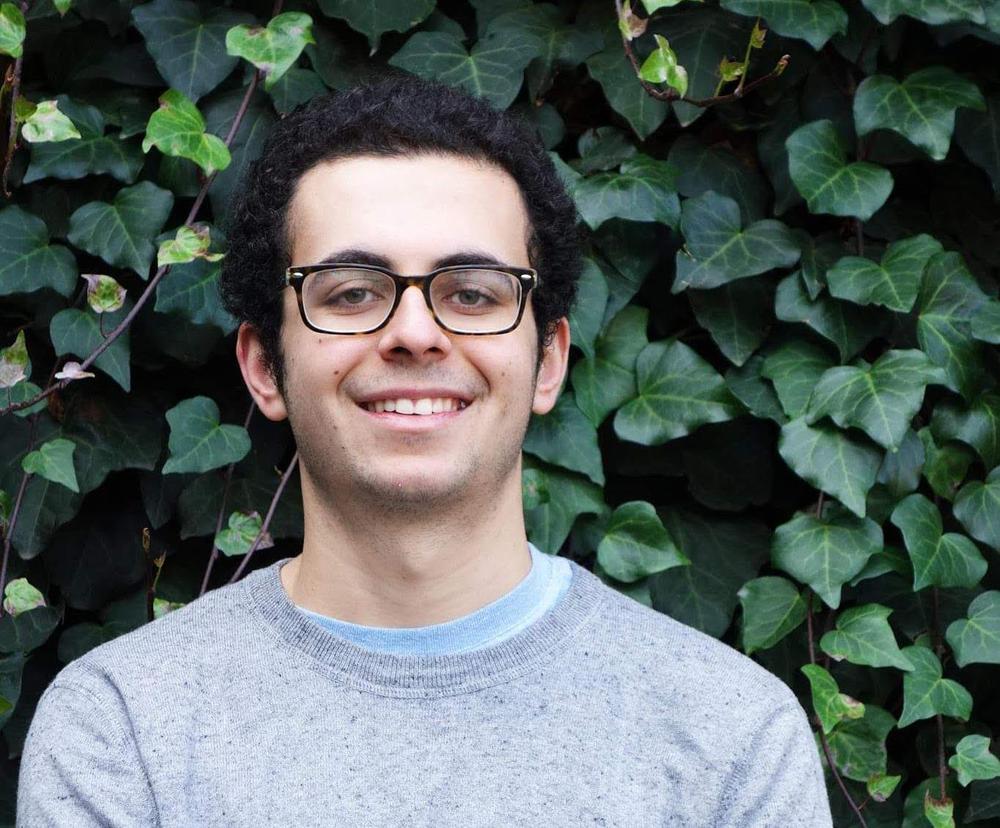
Stanford Grad Who Created The World’s First ‘Robot Lawyer’ Raises $12 Million In Series A
Not even the lawyers will be spared.
In the summer of 2015, Stanford-bound high school grad Josh Browder spent his nights coding and developing an automated program that would help people contest parking tickets. The native Londoner had recently gotten his driver’s license, and had himself assembled a respectable collection of fines, some of which he felt were unjustly rewarded.
About three weeks later, Browder already had a product called DoNotPay which he shared with his friends. A blogger from Reddit picked up on it, and almost overnight, DoNotPay went from 10 people using it to 50,000 users.
Today, the company announced it closed a $12 million Series A at an $80 million valuation. Coatue led the round, with participation from Andreessen Horowitz, Founders Fund and Felicis Ventures. All had previously invested in the company’s $4.6 million seed round.

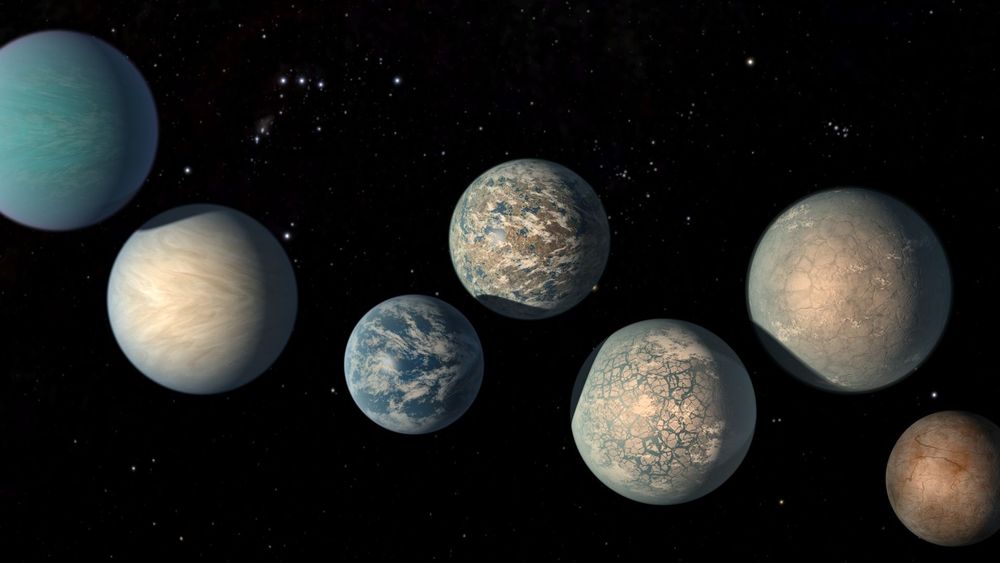
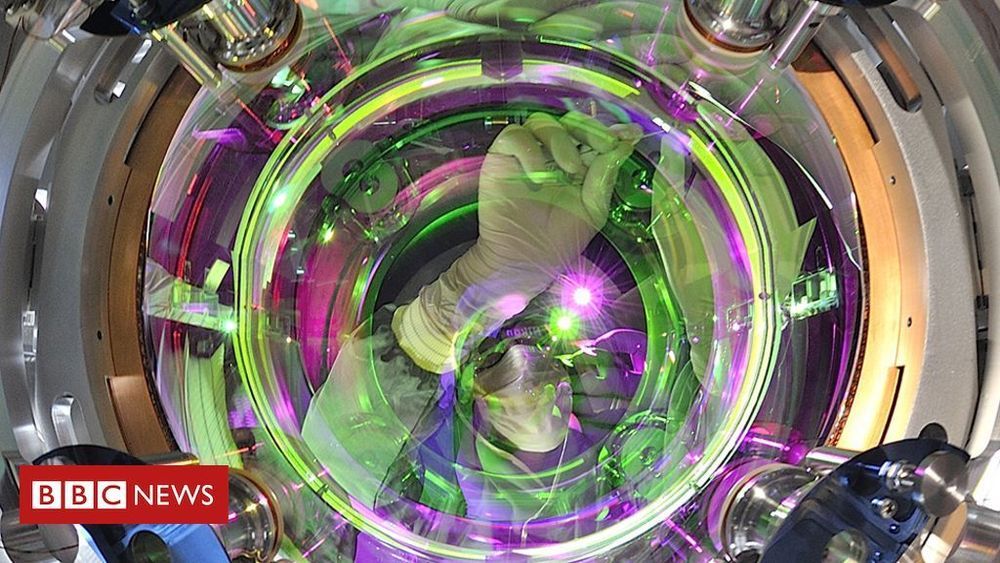
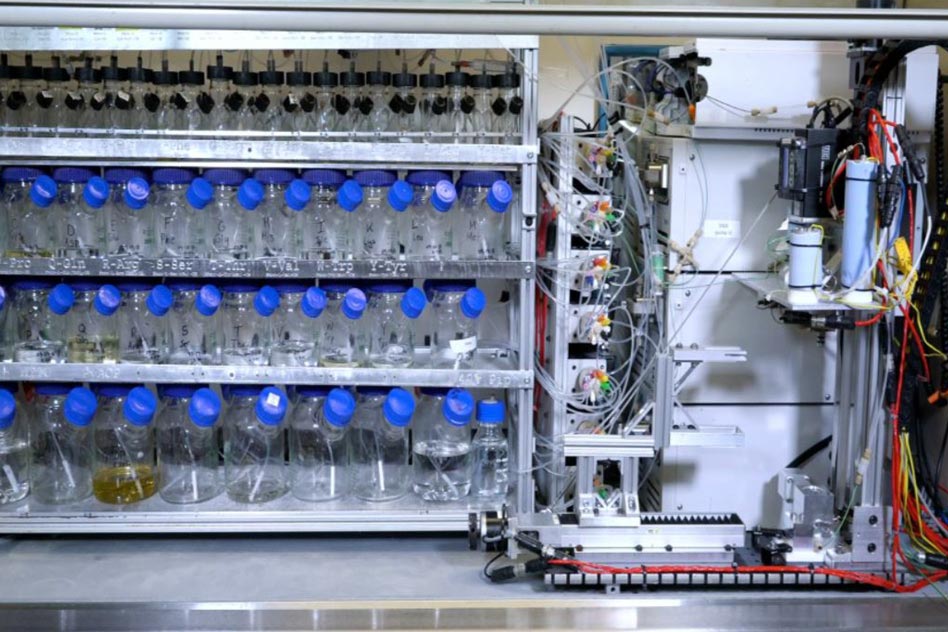
MIT Automated Tabletop Fast Protein Synthesis Machine May Accelerate Drug Development
Automated tabletop machine could accelerate the development of novel drugs to treat cancer and other diseases.
Many proteins are useful as drugs for disorders such as diabetes, cancer, and arthritis. Synthesizing artificial versions of these proteins is a time-consuming process that requires genetically engineering microbes or other cells to produce the desired protein.
MIT chemists have devised a protocol to dramatically reduce the amount of time required to generate synthetic proteins. Their tabletop automated flow synthesis machine can string together hundreds of amino acids, the building blocks of proteins, within hours. The researchers believe their new technology could speed up the manufacturing of on-demand therapies and the development of new drugs, and allow scientists to design artificial proteins by incorporating amino acids that don’t exist in cells.